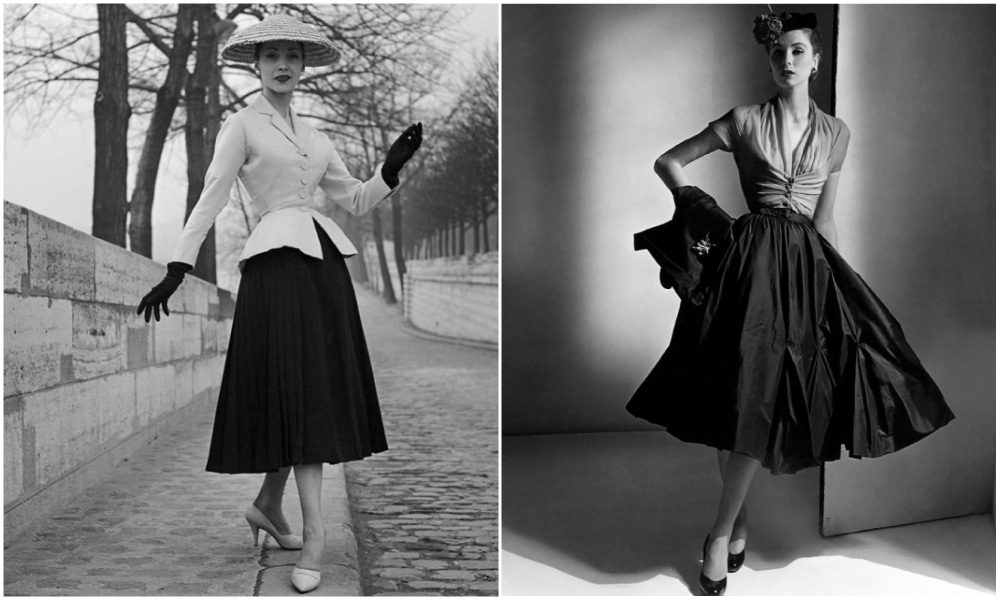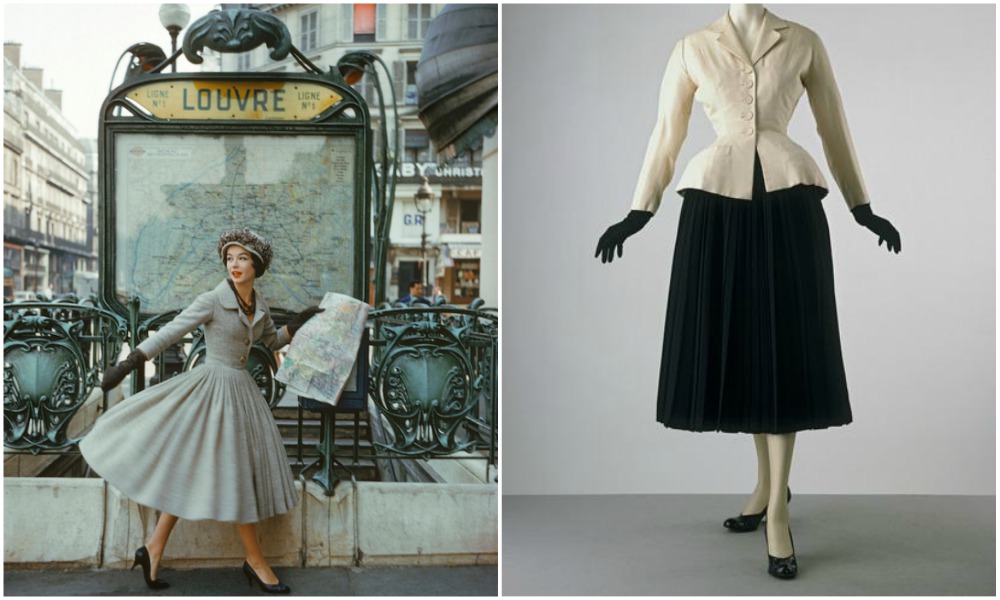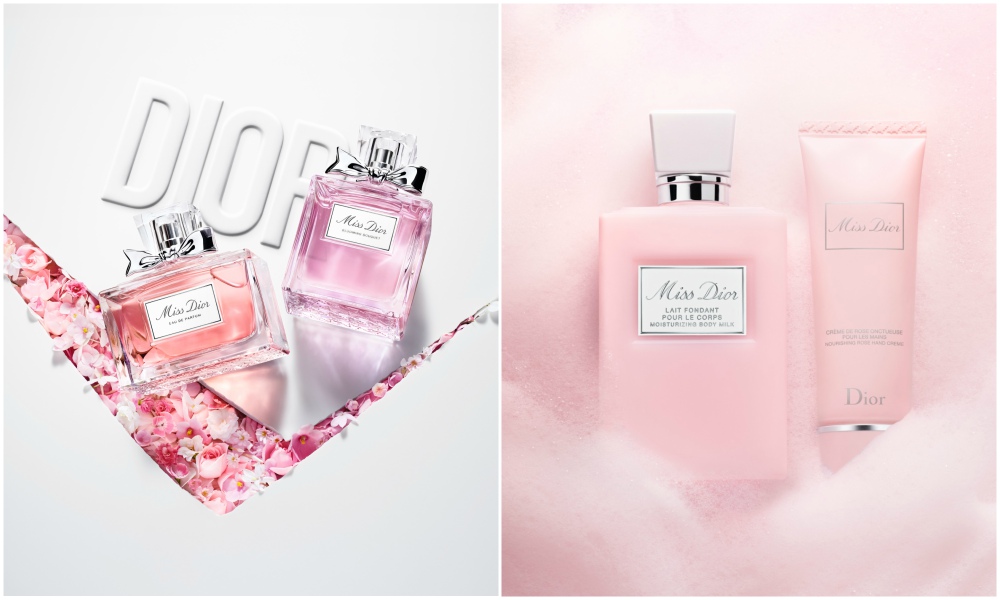Before gaining recognition for his beloved fragrances, Christian Dior was a young gallery owner who had the vision to revolutionize the fashion industry. Christian’s experiences in the post-War era coinciding with the Belle Époque inspired him to seek beauty for women. He carried this passion not only in his designs but also to crafting his fragrance line. Manila can continue to experience Christian’s desire for renewal with the release of Miss Dior Blooming Bouquet perfume at Podium.

The “New Look”
The work of Christian Dior began when he fell in love with the bohemian lifestyle. This was in the last years of the Belle Époque, a time of interest in arts. He encountered a mixed crowd of painters, writers, and musicians. Jacques Bonjean was among them whose name was on the commercial sign of Dior and his friends’ art gallery. It exhibited contemporary artists like Pablo Picasso and Salvadore Dalí. Yet they had to close because of the Great Depression. Eventually, Christian began fashion sketching. It piqued the interest of Swiss fashion designer Robert Piguet. He asked Dior to work at the couture house of Lucien Lelong. This started Christian’s revolutionary work in the fashion industry.
Christian’s first collection, the Corolle, shocked a war-weary society in 1947. The Corolle line was extravagant. It featured corset cinched waistlines, soft shoulder lines, and full-flowing skirts. These contrast against the short skirts and military look of World War II. The creations were reminiscent of the 19th-century crinolines and luxury of the Belle Époque. Harper Bazaar’s then Editor-in-Chief Carmel Snow christened Dior’s designs as a “New Look,” the legendary tag line.

The era of sophistication and character
Christian never mentioned the origins of his inspiration. Yet he once claimed, “We had barely come out of a deprived, parsimonious era, obsessed with tickets and textile rationing. My dream therefore naturally took on the form of a reaction against poverty.” One can look for its context in the House of Dior. From the architecture to the furniture, the mansion exemplifies how Christian drew inspiration from the Belle Époque for his designs.
For Christian, creating the “absurd” is “no longer the essential area of exploration.” He confided, “the couture’s wish is to return to the fold and rediscover its original function which is to adorn women and to beautify them.” Hence, Dior’s haute couture explores and expresses femininity. “Women, with their intuitive instinct, understood that I dreamed not only of making them more beautiful but happier too,” Christian said.

Capturing the essence of a bouquet
It was in 1984 when Dior’s fragrance line launched. One of the beloved fragrances, Miss Dior, took its name after Christian’s sister. This month in Manila, Dior releases Miss Dior Blooming Bouquet in Podium. At the heart of this signature perfume are peony and Damascus rose scents. Calabrian bergamot tailors the lasting notes, emitting a sensual fragrance. An elegant glass bottle encases the lovely floral scent. It captures the essence of a thousand petals and the aesthetic impact of the Roaring Twenties. The perfume is an epitome of Christian’s fascination and love for everything luxurious and sophisticated.
Miss Dior Blooming Bouquet is available at Dior Boutique in SM Makati, Podium, Shangri-La, Rustan’s Cebu, SM Mall of Asia, and SM Aura Premier.





